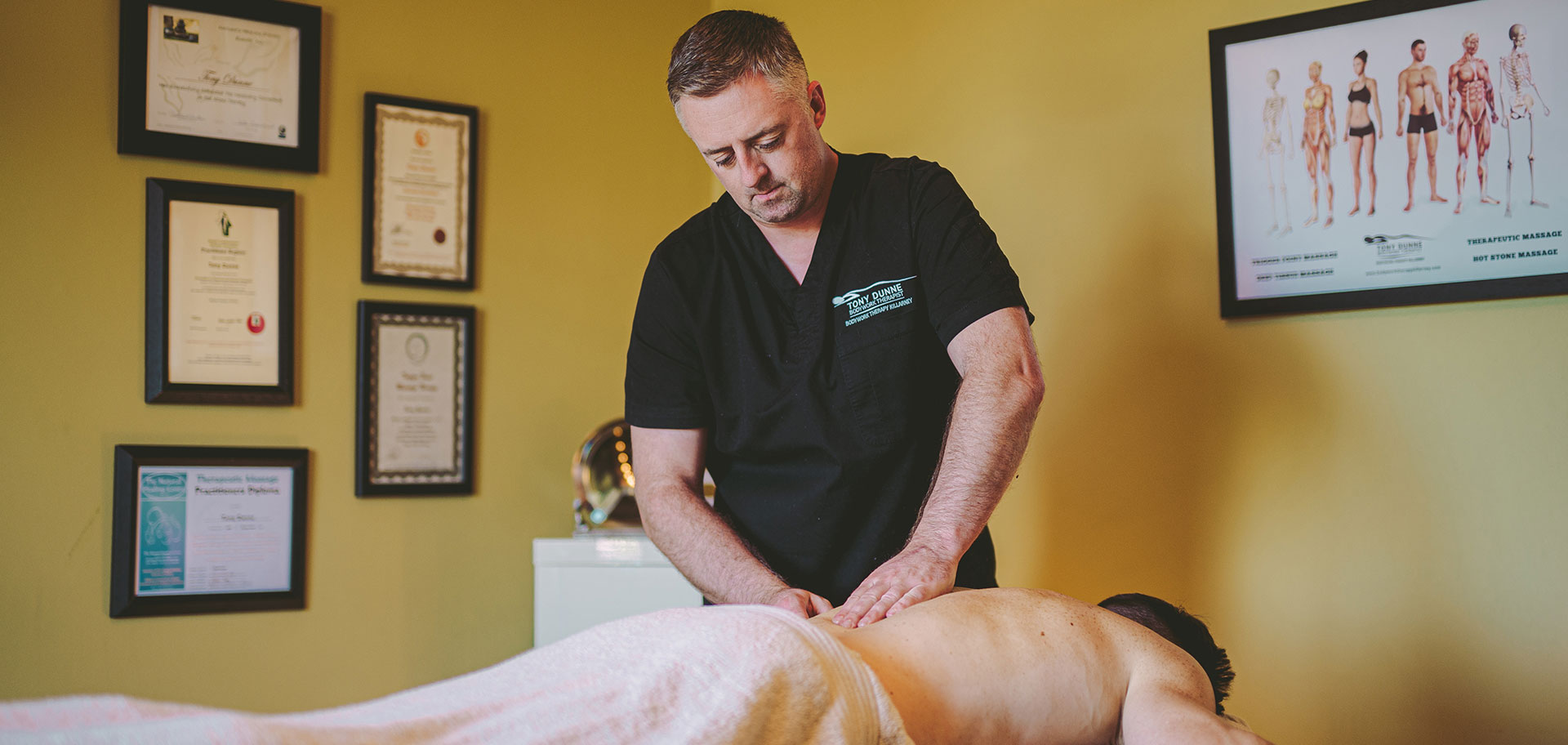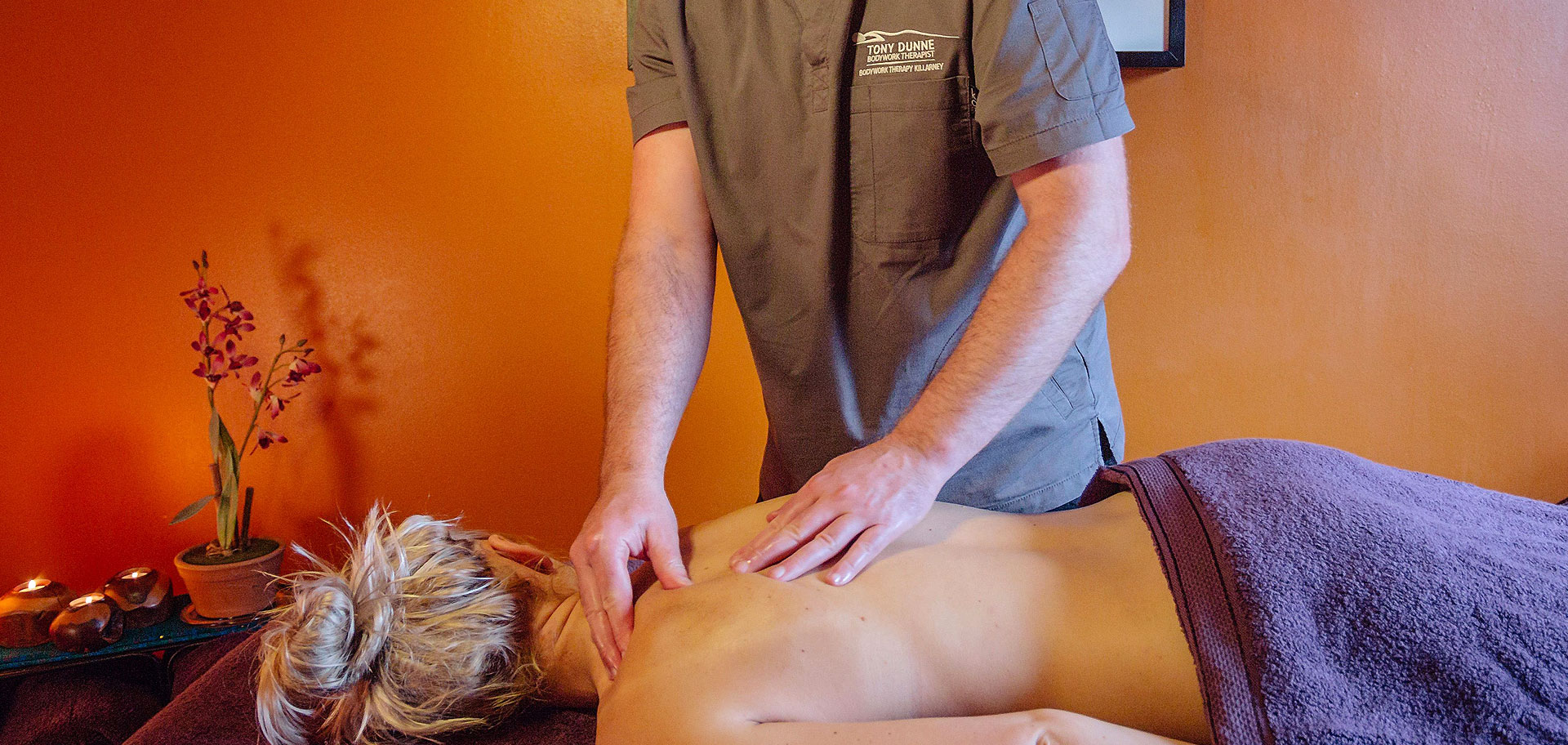
Myofascial trigger point therapy is an effective and comprehensive form of pain management.
Myofascial Trigger Point Therapy
Trigger Point Therapy is a specialised form of bodywork therapy/massage that focuses on detecting and releasing “trigger points” (spots located in your skeletal muscle, that produce pain when compressed, or in severe cases when “activated” are giving pain constantly, even without compression”). After several sessions of Trigger Point Therapy my clients notice that they don’t just feel better, they can actually move or perform exercises better because they have more power and a greater range of motion.
I have been trained to follow a protocol for the proper diagnosis and treatment of myofascial pain due to trigger points and is this protocol that makes myofascial trigger point therapy an effective and comprehensive form of pain management.
This protocol includes the following:
- Differential diagnosis
- Comprehensive patient history
- Pain mapping
- Range of motion evaluation
- Postural analysis
- Identification of perpetuating factors
- Correction of perpetuating factors
- Manual techniques to treat myofascial pain and dysfunction
- Personalised patient rehabilitation program and patient education
What does it cost?
My Trigger Point Therapy treatments are specific to your pain symptoms and generally cost €40 euro for a 30 minute session, €50 for a 45 minute session or €60 for an hour session.
Benefits of Myofascial Trigger Point Therapy
-
Eliminate or decrease pain
-
Increase range of motion, flexibility and strength
-
Improve sleep, a common problem associated with myofascial pain
-
Increase endurance at work and play
-
Increased energy and reduced stress
-
Decrease or eliminate medication, under doctors’ supervision.
-
General improvement in quality of life and fitness level
-
Increase body awareness
What are Trigger points?
Trigger points are hypersensitive, tightened areas, known as taut bands, which can occur in any muscle. Trigger points cause pain, tingling, burning, weakness and other symptoms. They have a special property called referred pain. This means that they cause pain right where they are AND pain in other areas.
How do I get Trigger Points?
They are established by the trauma that occurs during injury from accidents, sports, occupations and disease. Physical or emotional stress frequently aggravates trigger points. Acute and chronic myofascial pain due to trigger points is a very common condition.
What are Contributing Causes of Trigger Points?
Poor posture, overuse of muscles and prolonged immobility are perpetuating factors of myofascial pain and need to be evaluated and corrected. We assess the ergonomics of your work station and make suggestions for changes. Impaired sleep, postural imbalances, nutritional issues, allergies, and other issues relevant to muscular health are addressed. These and other causes are discussed during treatment in order to obtain lasting relief from pain.
Aches and Pains
An amazing number of our common aches and pains (and a variety of other puzzling physical symptoms) have been found to be caused by myofascial trigger points. In fact, trigger points have been proven to be the primary cause of pain roughly 85 percent of the time and to be part of nearly every pain problem. This is based on decades of medical research by Doctors Janet Travell and David Simons.
Referred Pain
It’s a mistake to assume that the problem is at the place that hurts. An example would be the pain felt with a “sprained” ankle. In the worst case, this pain can be from a torn ligament or broken bone. Much of the time, however, a “sprained” ankle is nothing more serious than referred pain from myofascial trigger points (small contraction knots) in the peroneus muscles on the outer side of the lower leg.
When you twist your ankle, the peroneus muscles are overloaded and overstretched, and trigger points quickly develop. Pain from trigger
points can be just as intense and disabling as pain from any other cause, and they can occur in any muscle in the body.
Hard to believe, isn’t it?
You may think it’s a little nutty to believe that tiny little knots in your muscles could be responsible for so many kinds of trouble. But these are medically proven facts. Consider that your muscles make up as much as 50% of your body weight. You have muscles everywhere, covering nearly every other tissue or structure in the body. Symptoms that appear to be generated by a joint, an internal or external organ, or an eye, ear, or tooth can in reality be an effect caused by trigger points in nearby muscles, or even a muscle some distance away.
Here are a few examples:
- The pain from a trigger point in a chest muscle can make you feel you’re having a heart attack.
- Referral from a trigger point in a neck muscle can make an eyelid droop or twitch.
- Nerve compression by a muscle that is being kept in a state of constant tension by trigger points can cause numbness in a hand or foot.
- Joint pain sent from trigger points in nearby muscles can feel like arthritis.
- And a toothache can be nothing more than referred pain from a jaw muscle.
Symptom Index
You may have the wrong idea about your pain; and so may your doctor. Doctors Travell and Simons believe that pain is widely misunderstood, misinterpreted, and misdiagnosed. Their clinical experience has shown that trigger points can often be the true cause of the pain and other symptoms associated with the following conditions:

I offer Trigger Point Massage treatments to treat this wide range of musculoskeletal disorders or issues.
How do I know if my pain will respond to Myofascial Trigger Point Therapy?
Since as much as 85% of the pain people suffer from has a myofascial component, it is likely that you will have a decrease in pain and an increase in range of motion once treatment has started. You may also have other underlying conditions that need to be addressed. Since treatment of your muscles is very specific, your response can also help the therapist and your doctor to determine what other conditions are present that are causing you pain.
Self-Treatment Advice and Remedial Exercises
I will help you by offering advice on how to reduce the chances of developing trigger points as well as providing you with rehabilitation and strengthening exercises to assist in your recovery. If conventional medical treatment or physical therapy aren’t giving you the relief you need, your salvation may lie in Trigger Point Massage Therapy.
Can the solution be something so simple as massage?
What do you do when a muscle hurts or feels tight? You rub it, of course! It’s nature’s cure. And rubbing is exactly what works with a trigger point; provided that you rub in the right place. Remember that pain and other symptoms from trigger points are usually displaced. For example, in treating ankle pain it would do very little good to rub the ankle itself. You have to know that the real source of the pain is a knot in a muscle halfway up the side of the leg. Intuition or common sense won’t help you find these knots. You need some guidance.
Myofascial (muscle) pain accounts for as much as 85% of the pain people suffer from. If you’re ready to take your well-being into your own hands, you may be in for a very pleasant surprise.









